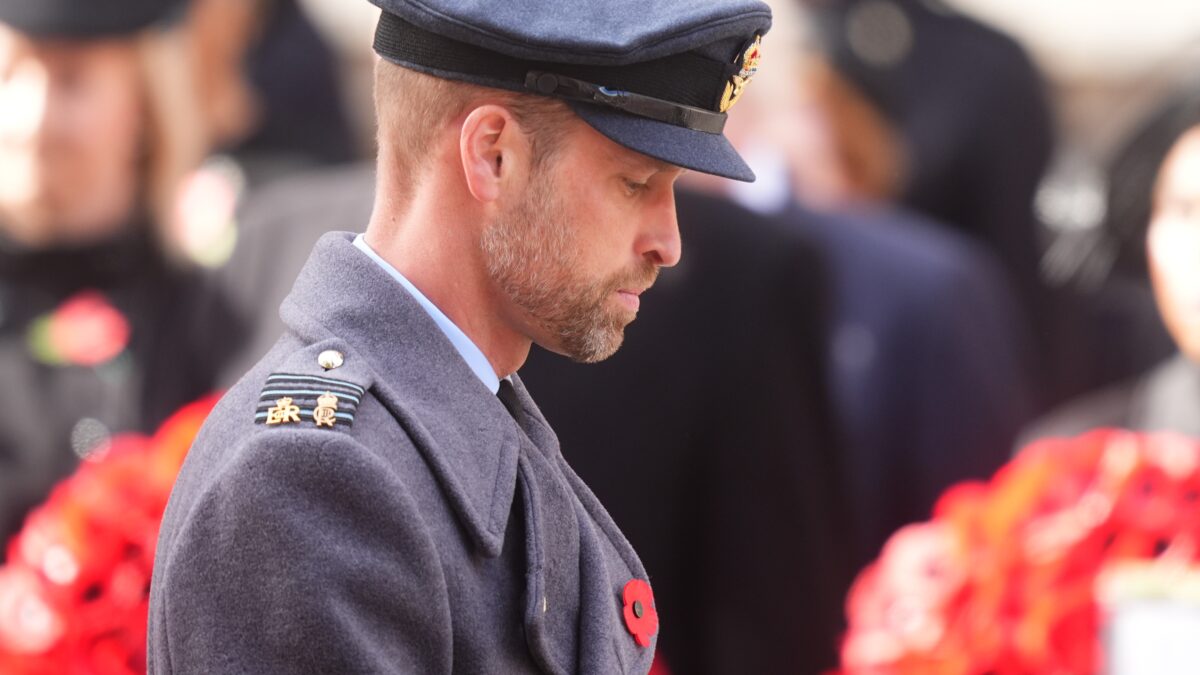How the two-minute silence began, and why the world still stops to remember

The two-minute silence took place in Castle Street in Farnham on 10 May 1916. Image Source: Museum of Farnham
Every year on November 11, people around the world pause for a two-minute silence, a tradition born from grief and gratitude during World War I. What began as a small act of remembrance in the English town of Farnham, Surrey, has become one of the most solemn global rituals of unity and respect for the fallen.
At exactly 11 a.m., the world falls silent, a moment of stillness symbolizing peace and reflection. This simple act carries immense weight, reminding generations of the cost of war and the courage of those who served.
The Forgotten Town That Started It All
In May 1916, long before the first national Armistice Day, the residents of Farnham gathered on Castle Street for a fair organized by local farmers to raise funds for the British Red Cross. But before the festivities began, a remarkable decision was made, to pause for two minutes in complete silence to honor soldiers who had fallen or were still fighting on the front lines.
Eyewitness accounts describe an “unearthly quiet,” broken only by distant sounds of cattle and motorcars. The moment, though unplanned for national fame, captured a collective need to express grief and solidarity. A plaque now stands in Farnham to mark this powerful event, the first known two-minute silence in recorded history.
READ ALSO
From Local Tribute to National Tradition
Three years later, in 1919, King George V institutionalized the silence nationwide following the end of World War I. He called for the entire British Empire to pause for two minutes to remember those who had died “in the Great War.” The timing, 11 a.m. on November 11, mirrored the exact hour the Armistice was signed in 1918, ending the fighting on the Western Front.
Since then, the two-minute silence has become central to Armistice Day and Remembrance Sunday. Churches, schools, and public institutions observe the pause, often marked by the Last Post and the laying of poppy wreaths.
How the Silence Faded, And Was Saved Again
By the 1980s and 1990s, the two-minute silence began to fade from public observance. That changed when RAF veteran John Nichol, captured and tortured during the Gulf War, launched the Royal British Legion’s “A Thousand Silences” campaign in 1995.
With the support of the Daily Express, the campaign reignited national participation. Nichol’s message was clear, remembrance must never be forgotten. Today, millions once again take part every year, ensuring the silence lives on as a cornerstone of collective memory.
A Global Act of Unity
From London to Canberra, Ottawa to Cape Town, nations continue to observe the two-minute silence. The gesture has transcended borders, now symbolizing respect for all who have served, not just in world wars but in modern conflicts too.
It serves as a reminder that silence speaks louder than words. Whether at a crowded city square or in a quiet living room, that shared stillness binds humanity in remembrance.
FAQ
1. When did the two-minute silence start?
The world’s first two-minute silence was held on 10 May 1916 in Farnham, Surrey, to honor those fighting and dying in World War I. It became a national tradition in 1919, when King George V formalized it after the Armistice.
2. Who started the two-minute silence tradition?
The exact individual behind the idea remains unknown, but it was first observed by residents of Farnham. The national version was later introduced by King George V.
3. Why do we observe a two-minute silence on Armistice Day?
The silence honors soldiers who lost their lives in war. It offers a moment of reflection and gratitude, allowing people worldwide to remember the sacrifices made for peace.
4. Why is the two-minute silence at 11 a.m.?
The silence takes place at 11 a.m. to mark the Armistice signed on November 11, 1918, at the 11th hour of the 11th day of the 11th month, ending World War I.
5. Is the two-minute silence only observed in the UK?
No. The tradition has spread globally, with countries like Canada, Australia, South Africa, and New Zealand observing it each year as part of their remembrance ceremonies.
6. Who helped bring back the two-minute silence in modern times?
RAF veteran John Nichol, supported by the Daily Express and the Royal British Legion, revived public observance in the 1990s with his campaign “A Thousand Silences.”
7. What does the two-minute silence symbolize?
It symbolizes respect, unity, and remembrance, a pause to honor those who served and sacrificed for peace, regardless of nationality or era.


